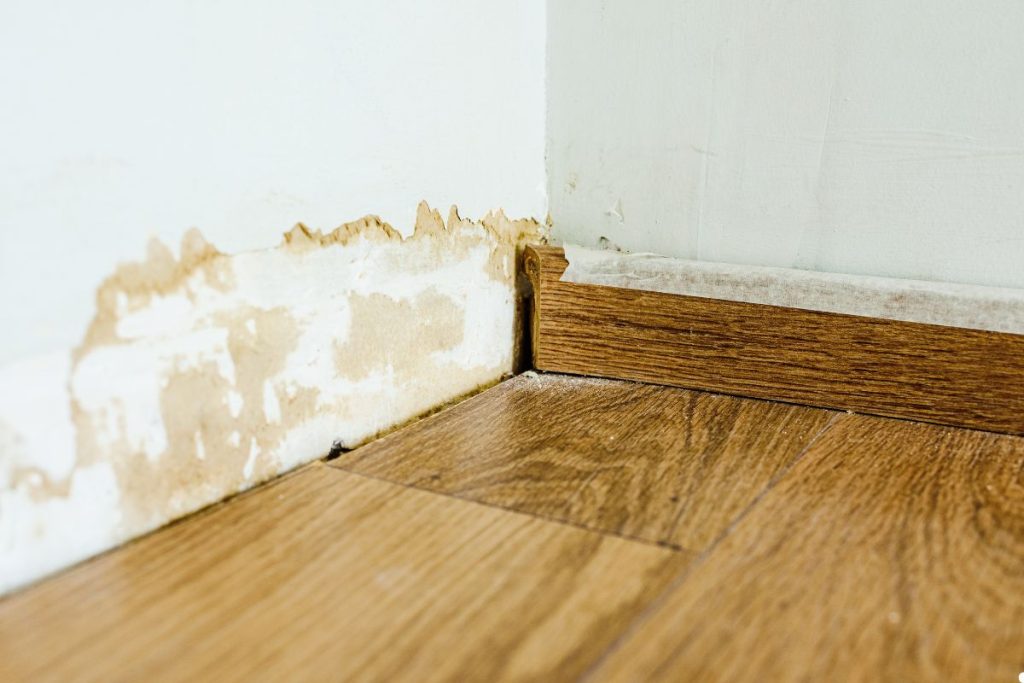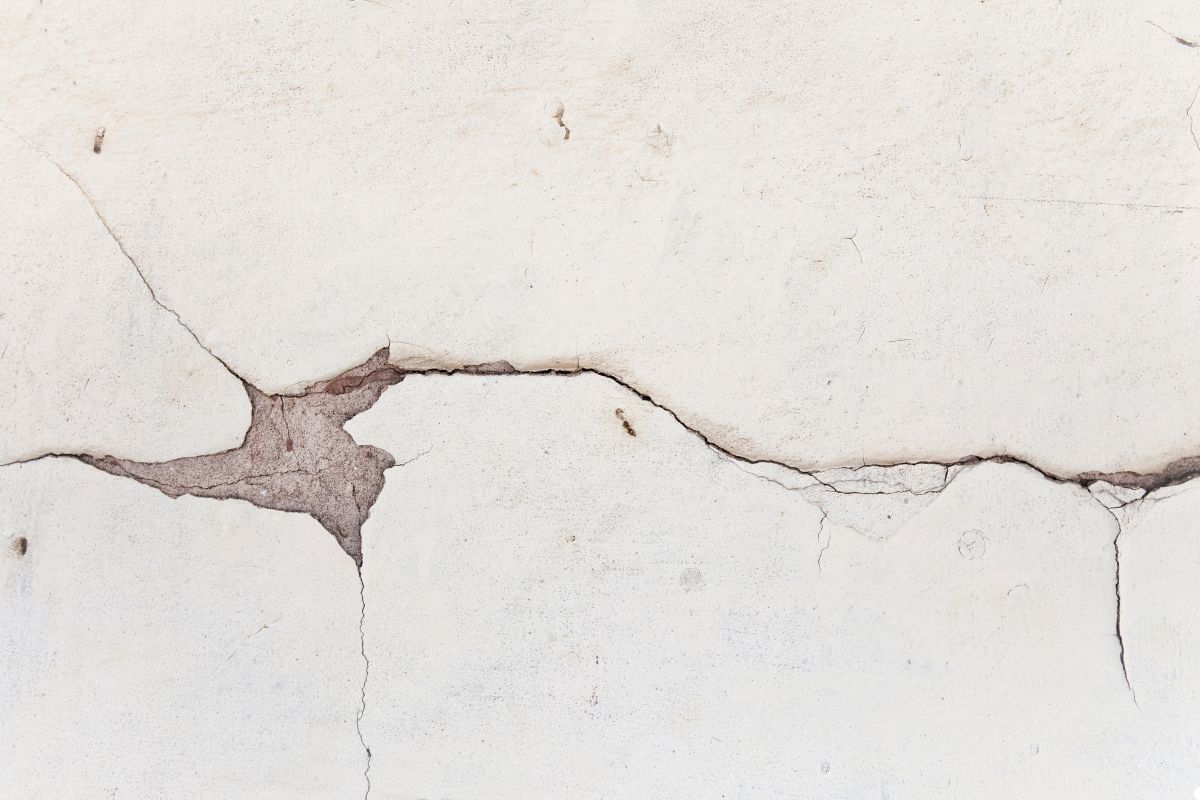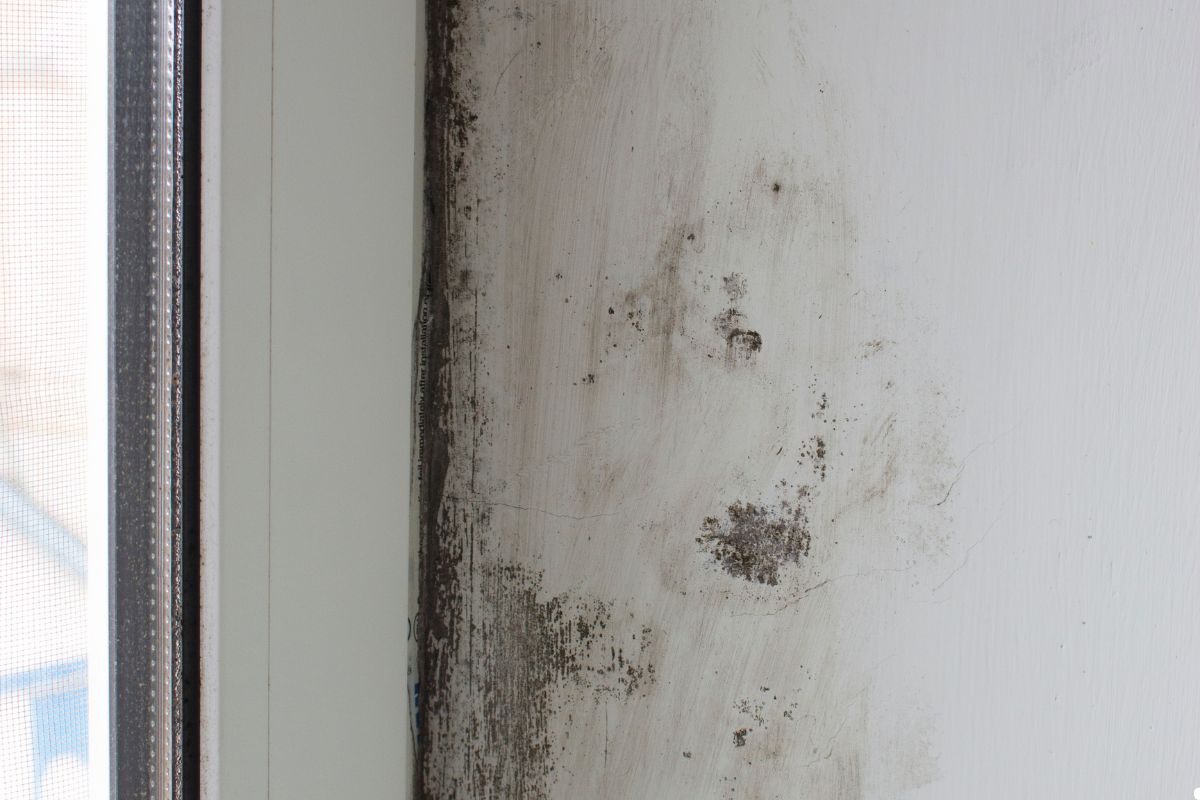
Black mold in your home can be alarming, but not all black mold is cause for immediate panic. While certain types, like Stachybotrys chartarum, are infamous for their toxic potential, other black-colored molds may be relatively harmless. The key is accurate identification. This guide will help you understand what “harmless black mold” might look like, how to differentiate it from dangerous varieties, and when you should still seek professional help. If you’re unsure about the mold in your home, call us today for expert assessment and peace of mind.
What is Harmless Black Mold?
The term “harmless black mold” is somewhat misleading. All mold growth in your home should be addressed, even if it’s not a highly toxic species. However, some types of black-colored mold pose a significantly lower health risk than others. For instance, species of Cladosporium and Alternaria can appear black or dark green and are commonly found in homes, but they rarely cause serious health problems in healthy individuals. Aureobasidium is another genus that can present in dark colors and is often found on window frames. If you spot dark mold patches, it’s time to call black mold removal services for a thorough inspection. Understanding that not all black mold is the same is the first step toward protecting your home and health.

Identifying Features of Harmless Black Mold
Identifying mold accurately requires careful observation and, in many cases, professional testing. Here’s what to look for:
- Color Variations: Harmless black mold might not be purely black. It can appear dark green, dark brown, or grayish-black. The color can also vary depending on the surface it’s growing on and the amount of moisture present.
- Texture and Surface: The texture can range from slimy and wet to powdery or even cottony. Pay attention to how the mold is growing on the surface – is it deeply embedded, or is it more superficial? Harmless black mold usually grows on hard materials, where harmful black mold grows on materials such as paper, fiberboard, and gypsum board.
- Growth Patterns: Look for speckled, circular, or irregular growth patterns. Some harmless molds may appear as small, scattered spots, while others form larger, more defined colonies.
- Where Harmless Black Mold commonly found: Often grows in damp or humid environments like bathrooms, basements, and around windows. Also other places where there is water damage or poor ventilation.
Distinguishing Harmless Mold from Toxic Types
While visual inspection can provide clues, it’s not a foolproof method for differentiating between harmless and toxic molds. However, there are some characteristics to consider:
- Stachybotrys Chartarum (Toxic Black Mold): Stachybotrys is often slimy to the touch and may have a distinct musty or earthy odor. It’s commonly found on materials with high cellulose content, like drywall, paper, and wood that have been water-damaged. The odor produced by Stachybotrys is produced while the mold is alive, and when it dries up, it stops producing odor.
- Other common toxic molds: Aspergillus are usually not toxic, but some species of Aspergillus produce toxins known as aflatoxins. Cladosporium can cause allergic reaction such as skin, lung or sinus infection and toenail fungus.
Health Concerns and Harmless Black Mold
Even if a mold is considered “harmless,” it’s not entirely without potential health implications:
- Allergies and Sensitivities: Even harmless black mold can trigger allergic reactions in some individuals. Symptoms can include sneezing, coughing, runny nose, itchy eyes, and skin rashes.
- When to Be Concerned: Large infestations of any type of mold can negatively impact indoor air quality, potentially leading to respiratory problems, especially in individuals with asthma or other respiratory conditions. Immunocompromised individuals are also more vulnerable.
Preventing Mold Growth
The best way to deal with mold is to prevent it from growing in the first place:
- Controlling Moisture Levels: Mold thrives in damp environments. Use dehumidifiers to maintain humidity levels between 30-50%. Ensure proper ventilation in bathrooms and kitchens.
- Cleaning and Maintenance: Regularly clean bathrooms, kitchens, and other mold-prone areas with mold-killing solutions. Promptly repair any leaks or water damage.

When to Call a Professional
In the following situations, it’s best to seek professional help:
- Extensive Mold Growth: If the mold covers a large area (more than 10 square feet), it’s usually best left to professionals.
- Health Concerns: If you or your family members are experiencing persistent health symptoms that you suspect are related to mold exposure, consult a doctor and schedule a mold inspection. Ignoring mold problems can lead to severe health risks, making mold remediation a crucial step toward recovery.
- Uncertainty About Mold Type: The most critical reason to call a professional is if you’re unsure about the type of mold. Professional mold testing can accurately identify the species and determine the best course of action.
Frequently Asked Questions
Is all black mold toxic?
No, not all black mold is toxic. However, it’s important to identify the specific type of mold to determine the potential health risks. Protect your home and health—don’t take chances with mold! Contact us today for a professional inspection.
Can I remove harmless black mold myself?
Small areas of harmless black mold can often be cleaned with household cleaners. However, it’s important to wear protective gear, such as gloves and a mask.
How do I prevent black mold from growing?
Controlling moisture levels is the most effective way to prevent black mold from growing.
What are the symptoms of black mold exposure?
Symptoms of black mold exposure can vary depending on the individual and the type of mold. Common symptoms include sneezing, coughing, runny nose, itchy eyes, and skin rashes.
How much does a mold inspection cost?
The cost of a mold inspection can vary depending on the size of the home and the complexity of the inspection.
Conclusion
While not all black mold poses an immediate health threat, all mold growth should be addressed responsibly. Knowing what harmless black mold might look like is a starting point, but it should never replace professional testing and remediation when necessary. Prioritize preventing mold growth, be aware of potential health risks, and don’t hesitate to Call us for expert assistance in ensuring a safe and healthy home environment.
